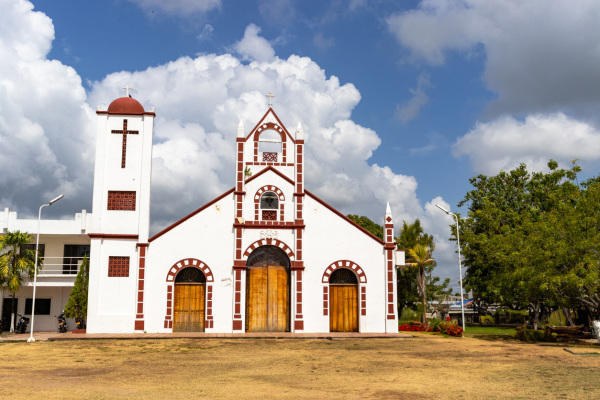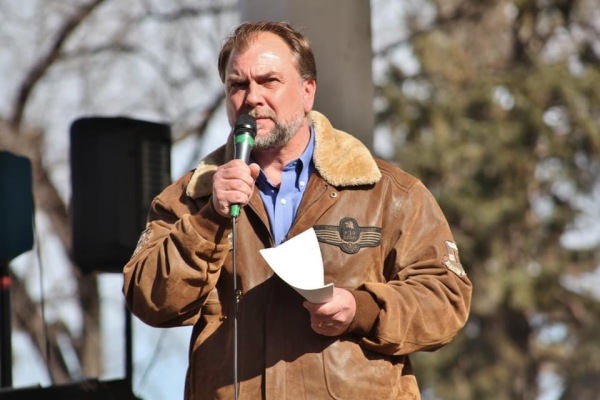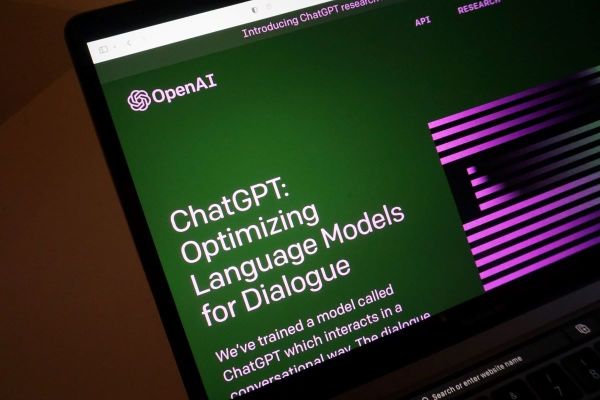Virgin Galactic Spaceplane Reached 22 Miles in Second Powered Flight Test, Now Features Extra Passenger Seats
On Tuesday morning, May 29, Virgin Galactic's spaceplane, the VSS Unity, ran its second powered flight test over the Mojave Desert. The result was a successful powered-engine burn for the spacecraft, putting Virgin Galactic one more step closer towards realizing its dream of sending guests off to space.
It was just less than two months ago when Virgin Galactic was making its first-ever in-flight engine ignition test, and this time, the focus was on how the VSS Unity will handle while flying at supersonic speeds, as the company's press release explained.
For that goal, the VSS Unity's two pilots, Dave Mackay and Mark "Forger" Stucky, took the spaceplane through its paces. Once released by the carrier aircraft, WhiteKnightTwo, Mackay and Stucky fired up the engine for the spacecraft at a height of 45,600 feet.
With just a brief burn of 31 seconds, the VSS Unity accelerated to a top speed of Mach 1.9, nearly twice the speed of sound, launching it to almost 22 miles above the surface of the Earth.
That's already a marked improvement from the first time Virgin Galactic attempted to fire Unity's engines. In its first ever powered flight, the spaceplane reached a top speed of Mach 1.87 and cruised at an altitude of around 16 miles, as The Verge recalled.
Virgin Galactic's goal is to ultimately achieve a sustained burn of 60 seconds, the time needed to propel the Unity to outer space while carrying passengers in what would be its normal flight.
This successful powered flight test, which ended with Mackay and Stucky landing the craft on a runway after the test run, was another step for the company towards realizing their space tourism goals.
"It was great to see our beautiful spaceship back in the air and to share the moment with the talented team who are taking us, step by step, to space," Virgin Galactic CEO Richard Branson said in a statement.
"Seeing Unity soar upwards at supersonic speeds is inspiring and absolutely breathtaking. We are getting ever closer to realizing our goals. Congratulations to the whole team!" he added.
The goal of this test powered flight — which is to see how Unity handles at supersonic speeds — is also a test of the new design which added more passenger seats as well as extra equipment to the back of the spaceplane. The craft is expected to be Virgin Galactic's main vehicle for its commercial service, which will take passengers to the edge of space.
Once in business, customers can sign up for a flight on Unity for $250,000 per seat for flights that Virgin Galactic expects to be "flown at a higher frequency than has traditionally been the case for human spaceflight."
For now, the company's engineers are now reviewing flight data for their plans for the next test flights.





















